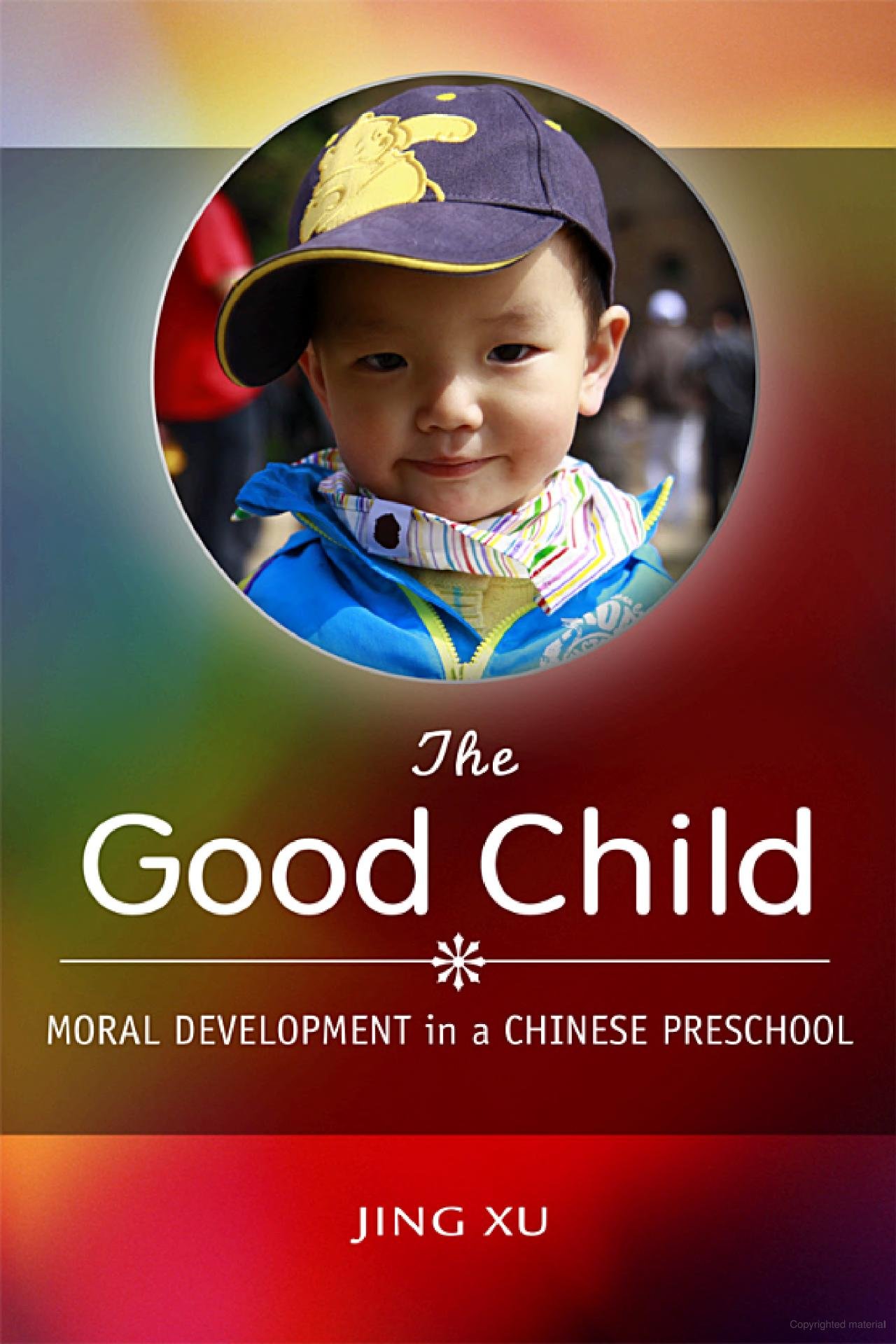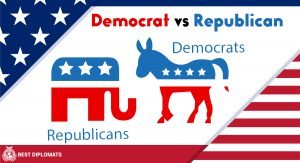BY SHINRI FURUZAWA (first published January 22, 2025)
In individualist cultures such as the USA, “I” thinking often prevails. Values such as autonomy and independence, personal goals, and individual achievement are important. Recently, however, this emphasis on the individual and decline in the importance of community are recognized as problematic, as pointed out—for example—by Robert Putnam in Bowling Alone: The collapse and revival of American community. In collectivist cultures, interdependence and group harmony are important values and “we” thinking is more predominant. What are the mechanisms for how these different ways of thinking are imparted to young children? In this blog post, we explore the example of Japan.
How “we” values are encouraged in school
The importance of responsibility to the group, empathy for others, and group harmony is reflected and reinforced through Japanese education. The dynamics of this are explored in a recent documentary, Instruments of a Beating Heart.
Director, Emma Ryan Yamazaki, filmed a group of first-grade students at a Tokyo elementary school, focusing on the experiences of Ayame, a young girl who is perhaps a little more sensitive and requires more attention than her peers. The film’s dramatic arc follows the students as they form a school orchestra to play “Ode to Joy” at a school event. Both auditions and rehearsals are lessons in resilience. Students get only one audition attempt on an instrument. Ayame first tries out to play the drum, but fails and cries quietly at her desk. She succeeds in her next audition on the cymbal but struggles during the rigorous rehearsals. On one occasion, she is strictly reprimanded to the point of tears, making her too afraid to attend the next rehearsal. She has to be coaxed back by her class teacher. The students finally give their performance successfully and the music teacher praises them saying, “You’ve made us proud.”
Stepping back, we first see how empathy is valued as during the auditions all students are expected to cheer and be happy for those who were successful… but also be considerate to those who were not chosen. The music teacher tells them from the beginning that the most important lessons they should learn are perseverance and the joy of being useful to others. He also stresses the goal of group harmony telling students, “Make your hearts as one.” We see that good work ethic is vital as students are expected to practice diligently at home, and are praised when they choose to practice together outside rehearsal. The orchestra is a distillation of an interdependent society in which the success of the whole depends on the contribution of each individual. Ayame and her friends talk about the great pressure they feel, a pressure to succeed for themselves but also not to let down their classmates.
Japanese students cleaning their classroom
The film reveals how values such as empathy, group harmony, resilience, perseverance, and respect for authority, are instilled in children through the education system. This is reinforced not just in the classroom, but through daily routines. The film shows Ayame going about her normal responsibilities such as sweeping the classroom with her classmates, serving lunch, and greeting students at the school gate. Collective responsibilities begin young as schools usually do not have janitors; instead the students are responsible for taking care of their schools. These duties help children develop pride, responsibility and respect for the school, and the school community. There is a focus on collaboration, sharing responsibilities, and achieving group cohesion.
Of course, even in Japan, schools will differ from one another, but in general there are great differences between Western and East Asian acculturation. Professor Jin Li of Brown University argues that the purpose of education differs across cultural traditions.. Western cultures conceptualize learning as cultivating the mind and achieving insight; East Asian cultures conceptualize it as virtue-oriented, becoming a better person to achieve one’s potential in terms of Confucian ideals, such as harmony.
How “we” values are cultivated from birth: Communication style
In Japan, socialization to think of what’s best for the group over the individual actually begins long before school. There are differences in communication styles between mothers and children before language is even fully developed. Studies show that the Japanese train their children to be sensitive to the needs and desires of others to emphasize empathy; in the West, child-focused communication emphasizes individuality. While communication in the US is direct and explicit, Japanese communication style is indirect and implicit. For Japanese children, it is important to be a good listener and pay close attention to what others might mean implicitly. This contrasts with young American children who tend to ignore the speech of others in a society where being able to communicate effectively means being able to express oneself well. Japanese mothers also speak significantly less to their children than their Western counterparts, reflecting the virtue of silence. In a culture which values hierarchy and conformity, Japanese mothers also reinforce the hierarchical parent/child relationship, and the child's sense of belonging.
A surprising illustration of “we” thinking
Handmade leather randoseru weigh approx. 1.2 kg (2.6 pounds) and has 200 fittings.
With Japanese cultural values imparted from birth, children in Japan are remarkably sensitized to the feelings and desires of others. This is exemplified in an advertisement for backpacks known as randoseru. These backpacks have special cultural significance and almost all children are given one when they start elementary school, as explained in the New York Times article, “The book bag that binds Japanese society.” Randoseru are handmade from high quality leather and very expensive (between $100 to $500 USD).
The randoseru company described their ad as a documentary and it won the 2024 YouTube Works Award in the “Force for Good” category. It challenged the way parents think about their children. One reason for the ad’s success is the surprising reveals which provide drama. First, parents are interviewed and asked what kind of randoseru they would like their children to choose, or they think their children might choose. The parents are shown footage of their children as they enter a store and choose their randoseru. Mothers and fathers smile and watch with approval as their children carefully consider their choice of bag and choose styles and colors more or less as predicted. Viewers realize how well these parents know their children. The first surprise is then revealed.
The children had NOT been instructed to pick out the randoseru of their choice, rather they’d been asked to pick out the randoseru they thought their parents would want them to choose. We now understand the revelation was not how well the parents knew their children, but how well the children knew their parents. The children were then asked to re-enter the store and pick out the randoseru they really wanted. This reveals the second surprise.
In most cases, the children’s choices were different, even the complete opposite, from what their parents had predicted. In contrast to the carefully considered and thoughtful choices from the first round, the children run joyfully straight to their preferred bag. The parents are shocked and even tearful as they realize how mistaken they were about their children’s actual preferences.
Why were the parents not more aware of their own children’s wishes? This may be because the parents see themselves as guides who show how things should be done, for example choosing a bag color that won’t show the dirt. They also consider their children to be extensions of themselves and the family more than in the West. Children are closely linked or interconnected to their parents in terms of collective identity and social perception that parents encourage and instill. As children are a reflection of the parents’ efforts and values, parents are used to their children following and being attuned to their guidance as they have been trained.
The documentary has a happy ending. Reunited with their children in the store, parents let them know that they approve of their choices, including the father of a boy who chose a randoseru in pink. The documentary could be considered culturally subversive, as it showed the importance of respecting children as individuals and that children should not always be expected to consider the needs and wishes of others.
The importance of “I” within “we”
Encouraging empathy and sensitivity to the needs of others is one way to create social harmony and uphold collectivist values, however, it also leads to great pressure to conform. Conformity and suppression of the individual can lead to the impression that Japanese people are overly reserved or cautious. Individuals often feel they must suppress their true thoughts in order to avoid conflict because unanimity is valued, perhaps over-valued. The tension between what a Japanese person truly thinks and feels (known as “honne”) compared to what they feel obligated to support for the sake of harmony (“tatemae”), can lead to tremendous stress.
In Japan, constantly thinking of the thoughts and feelings of others and intuiting their wishes depends on a homogenous society that appreciates and conforms to the values of that society. But Japanese society is changing. As Japan reluctantly allows more immigration to meet the needs of a decreasing population, this trend will inevitably lead to some cultural challenges. The case of Japan may help other cultures reflect on what values they wish to instill in their young children and consider where the balance should lie between “I” and “we.”
We welcome your comments on your impression of the Japanese approach and how “I” and “we” values are instilled in your cultural context.
The Good Starts Project is generously funded by the Saul Zaentz Charitable Foundation.
I would like to thank Howard Gardner, Mara Krechevsky and Yvonne Liu-Constant for their valuable comments on an earlier draft.
REFERENCES
Clancy, P. M. (1987). The acquisition of communicative style in Japanese. In Language Socialization across Cultures (pp. 213–250). Cambridge University Press. https://doi.org/10.1017/CBO9780511620898.011
Fujita, N., & Hughes, C. (2021). Mind‐mindedness and self–other distinction: Contrasts between Japanese and British mothers’ speech samples. Social Development, 30(1), 57–72. https://doi.org/10.1111/sode.12454
Li, J. (2012). Cultural foundations of learning : East and West (1st ed.). Cambridge University Press.
Putnam, R. D. (1995). Bowling Alone: America’s Declining Social Capital. Journal of Democracy, 6(1), 65–78. https://doi.org/10.1353/jod.1995.0002


















